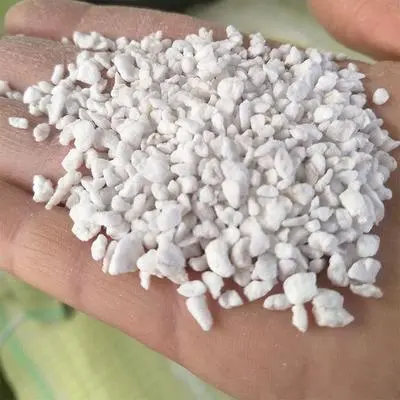
volcanic rock stone
The Fascinating World of Volcanic Rock
Volcanic rock, born from the fiery depths of the Earth, represents one of nature's most dynamic processes. It is formed when magma erupts to the surface during a volcanic eruption, cools, and solidifies. This metamorphosis of molten rock into solid stone yields various types of rocks with distinct characteristics and forms. In this article, we will explore the origins, types, properties, and uses of volcanic rock, revealing its significance in both natural ecosystems and human civilization.
Origins of Volcanic Rock
The life of volcanic rock begins in the magma chamber beneath a volcano. As tectonic plates shift, magma finds a path to the surface. When the pressure builds up sufficiently, a powerful eruption can occur, expelling molten rock, ash, and gases. The magma that reaches the surface is known as lava. Once lava cools, it crystallizes into various types of volcanic rocks, depending on the chemical composition of the original magma, the rate of cooling, and the presence of gases.
Types of Volcanic Rock
Volcanic rocks can be broadly categorized into two types extrusive and intrusive (or hypabyssal).
1. Extrusive Rocks These rocks form when lava erupts and cools quickly in the open air. Common examples include basalt and pumice. Basalt, a dark and dense rock, is one of the most abundant volcanic rocks found on Earth, often forming the oceanic crust. Pumice, on the other hand, is a light, frothy rock that forms when gas bubbles are trapped in rapidly cooling lava, giving it a unique, buoyant quality.
2. Intrusive Rocks These rocks form when magma cools slowly beneath the Earth’s surface, allowing larger crystals to develop. A common example is rhyolite, which often exhibits a lighter color and is less dense than basalt. Although intrusive volcanic rocks are less common than extrusive ones, they play a vital role in understanding the geological history of an area.
volcanic rock stone

Properties of Volcanic Rock
The properties of volcanic rock can vary significantly based on their formation process. Generally, volcanic rocks are characterized by their fine-grained texture, owing to rapid cooling. They may exhibit unique features such as vesicles—small cavities left by gas bubbles—and striking colors that range from deep blacks and greens to lighter shades of grey and brown. The presence of minerals such as quartz, feldspar, and olivine contributes to the diversity and beauty of these rocks.
Uses of Volcanic Rock
Throughout history, volcanic rock has been utilized in various applications. In construction, basalt is frequently used for aggregate in concrete and road materials due to its durability. Pumice is valuable in the beauty industry as an exfoliant and is also used in lightweight concrete and insulation materials.
Moreover, volcanic rock contributes to soil fertility in agricultural settings. The ash produced from eruptions is rich in minerals and helps enrich the soil, promoting healthy plant growth. This natural fertilizer has made volcanic regions highly productive for farming.
Conclusion
Volcanic rock not only showcases the incredible power of nature but also serves various practical purposes in our daily lives. Its formation, types, properties, and applications underscore its significance in geology, ecology, and human industry. As our understanding of volcanic processes deepens, so too does our appreciation for these fascinating natural materials. Exploring volcanic rock offers a glimpse into Earth’s dynamic history, shaping both our landscape and our lives in meaningful ways.
Share
-
Premium Pigment Supplier Custom Solutions & Bulk OrdersNewsMay.30,2025
-
Top China Slag Fly Ash Manufacturer OEM Factory SolutionsNewsMay.30,2025
-
Natural Lava Rock & Pumice for Landscaping Durable Volcanic SolutionsNewsMay.30,2025
-
Custom Micro Silica Fume Powder Manufacturers High-Purity SolutionsNewsMay.29,2025
-
Custom Mica Powder Pigment Manufacturers Vibrant Colors & Bulk OrdersNewsMay.29,2025
-
Custom Micro Silica Fume Powder Manufacturers Premium QualityNewsMay.29,2025






